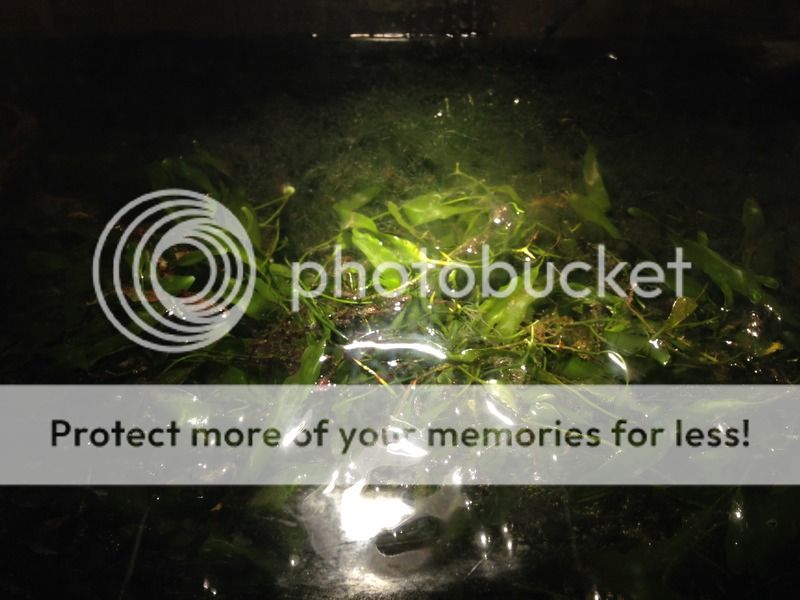A
Anonymous
Guest
I decided to run a basic study with my Hydra52 to see how power and par are related. While I was at it I also look at how each channel impacts total par.
Equipment
Hydra52 8" above water line with all pumps off
AI director for control
Apogee MQ-200 sensor 18" below light, 10" below water line
[rimg]http://wazzel.smugmug.com/Other-2/Hydra52-Par-Study-28-Dec-14/i-Rz6jQjv/0/M/IMG_0001-M.jpg[/rimg]
[rimg]http://wazzel.smugmug.com/Other-2/Hydra52-Par-Study-28-Dec-14/i-Pr9wRLf/0/M/IMG_0003-M.jpg[/rimg]
Test procedure
First step was to take readings with all LEDs at the same setting. I started at 10% power and worked up to 100% in 10% increments and recorded the uncorrected values.
Second step was to take uncorrected readings for each channel from 10% to 100% power in 10% increments.
Third I summed the individual reading to see if they would agree with the full sets of readings. The summed values are close to the full readings.
Fourth I looked at the power per channel as a function of the total for each power setting.
Results
Keep in mind these are uncorrected values. I was looking for relative values, not absolute. The only way I could compare the individual channels to the all channel numbers was to leave them uncorrected.
Power vs par is fairly linear. I would call it linear with the fairly coming from some minor blips in the meter readings.
Par per channel is relatively constant no matter the power setting, if all channels are set to the same level.
White is the biggest contributor to Par when all channels have the same power value. In decreasing order of par Royal Blue, Deep Blue, red, violet, green, UV.
Red, Violet, Green and UV make up about 14% of the total Par together.
[rimg]http://wazzel.smugmug.com/Other-2/Hydra52-Par-Study-28-Dec-14/i-tVZd5Fv/0/L/hydra52%20par-L.jpg[/rimg]
Hope this helps.
Equipment
Hydra52 8" above water line with all pumps off
AI director for control
Apogee MQ-200 sensor 18" below light, 10" below water line
[rimg]http://wazzel.smugmug.com/Other-2/Hydra52-Par-Study-28-Dec-14/i-Rz6jQjv/0/M/IMG_0001-M.jpg[/rimg]
[rimg]http://wazzel.smugmug.com/Other-2/Hydra52-Par-Study-28-Dec-14/i-Pr9wRLf/0/M/IMG_0003-M.jpg[/rimg]
Test procedure
First step was to take readings with all LEDs at the same setting. I started at 10% power and worked up to 100% in 10% increments and recorded the uncorrected values.
Second step was to take uncorrected readings for each channel from 10% to 100% power in 10% increments.
Third I summed the individual reading to see if they would agree with the full sets of readings. The summed values are close to the full readings.
Fourth I looked at the power per channel as a function of the total for each power setting.
Results
Keep in mind these are uncorrected values. I was looking for relative values, not absolute. The only way I could compare the individual channels to the all channel numbers was to leave them uncorrected.
Power vs par is fairly linear. I would call it linear with the fairly coming from some minor blips in the meter readings.
Par per channel is relatively constant no matter the power setting, if all channels are set to the same level.
White is the biggest contributor to Par when all channels have the same power value. In decreasing order of par Royal Blue, Deep Blue, red, violet, green, UV.
Red, Violet, Green and UV make up about 14% of the total Par together.
[rimg]http://wazzel.smugmug.com/Other-2/Hydra52-Par-Study-28-Dec-14/i-tVZd5Fv/0/L/hydra52%20par-L.jpg[/rimg]
Hope this helps.












